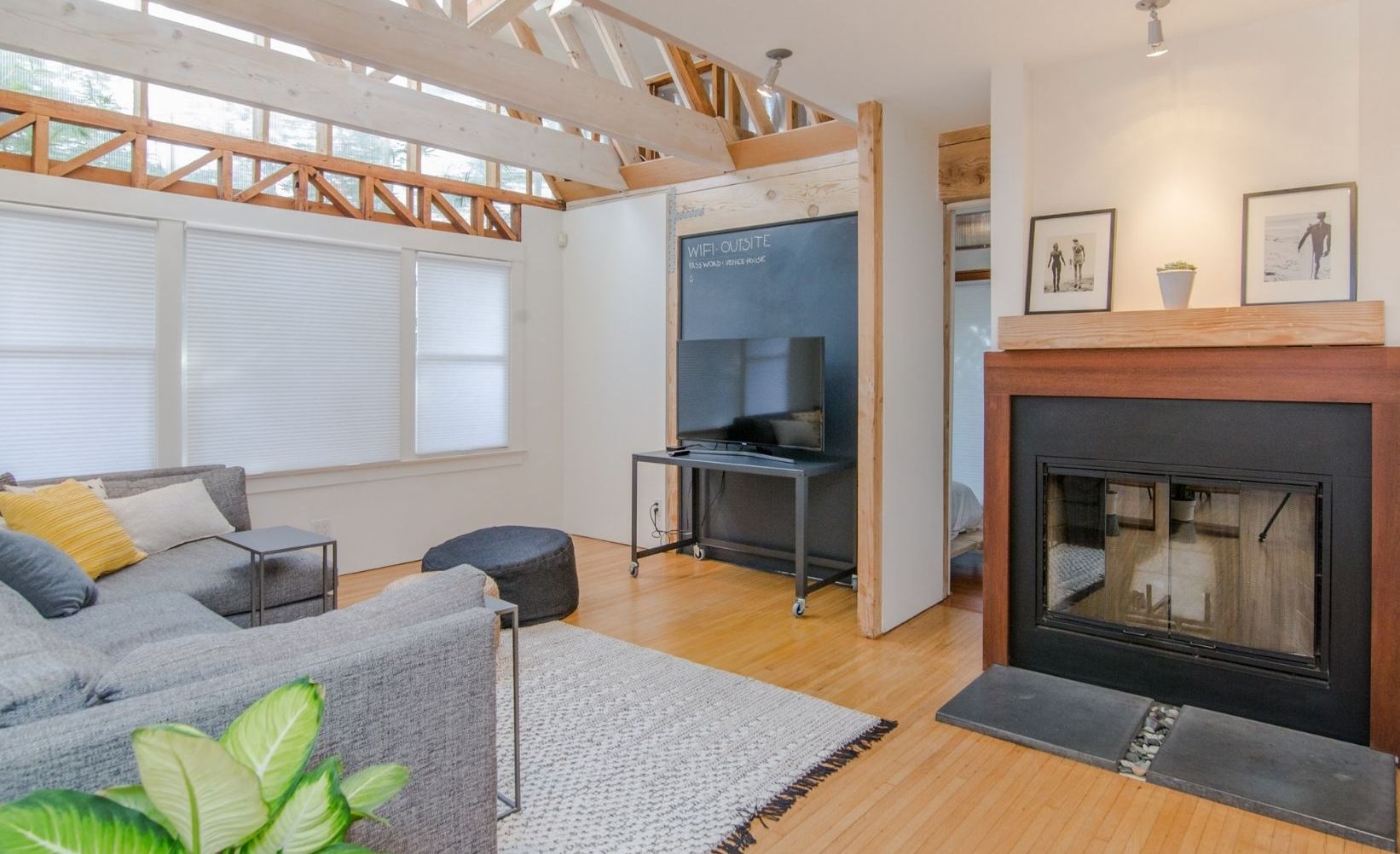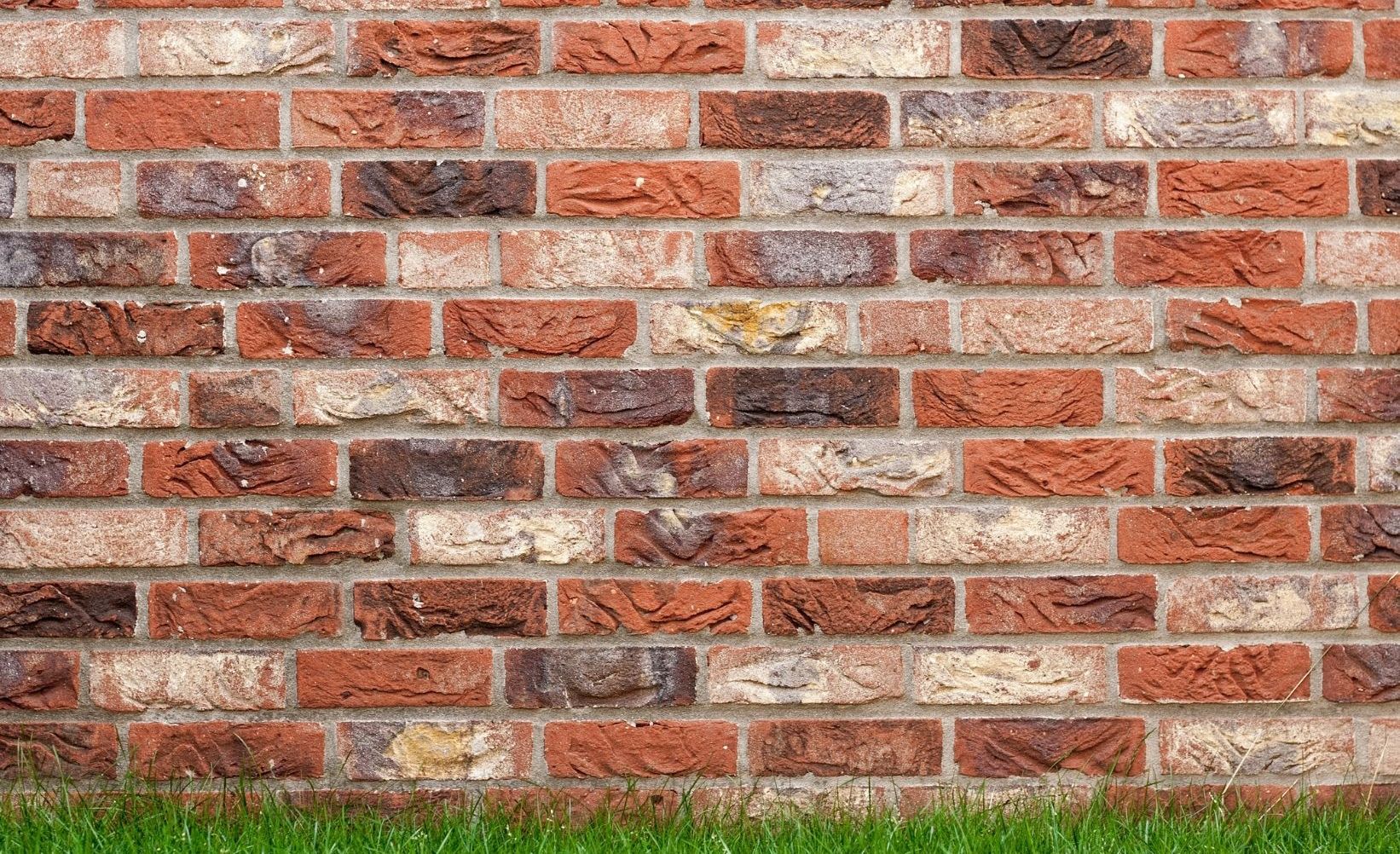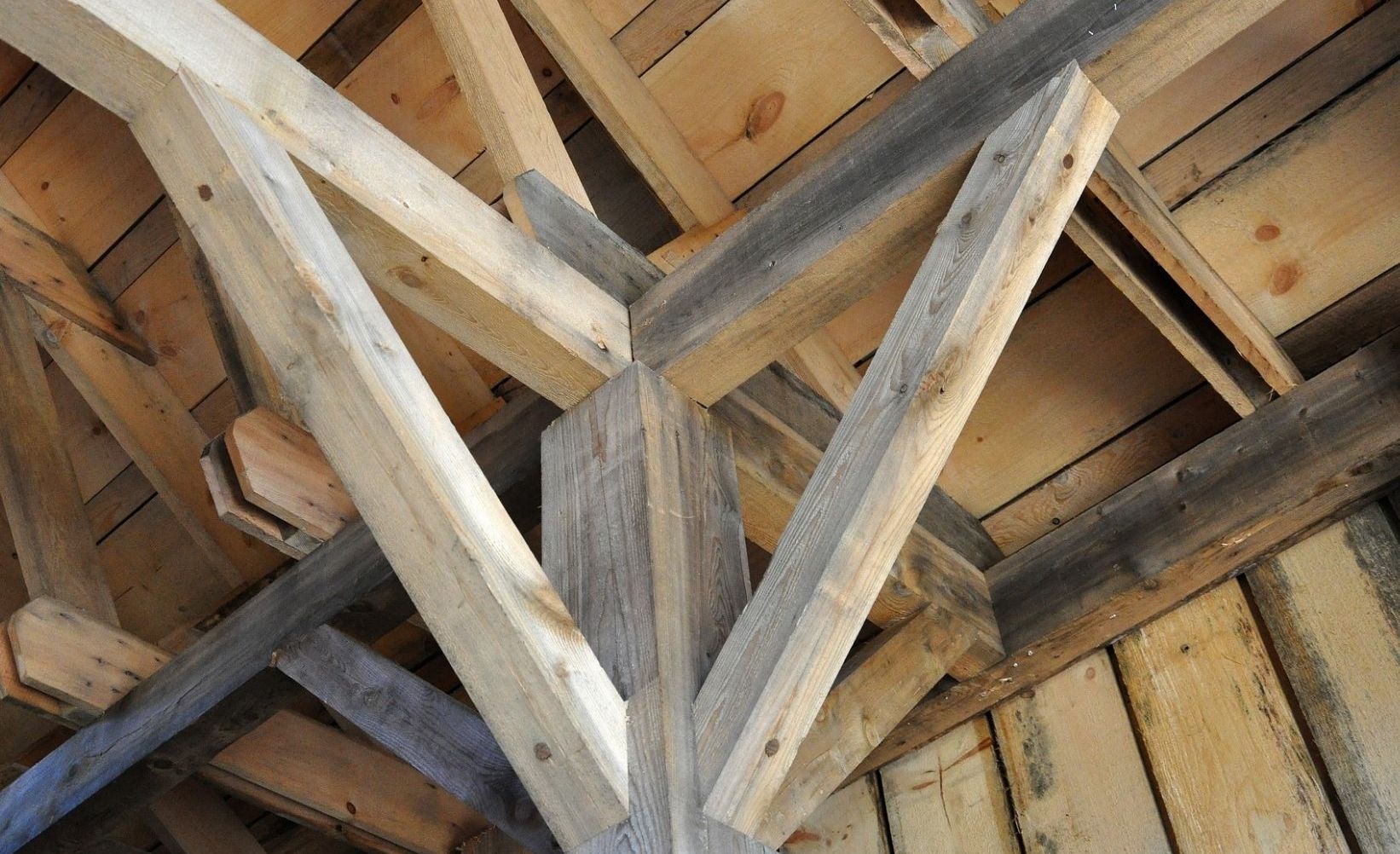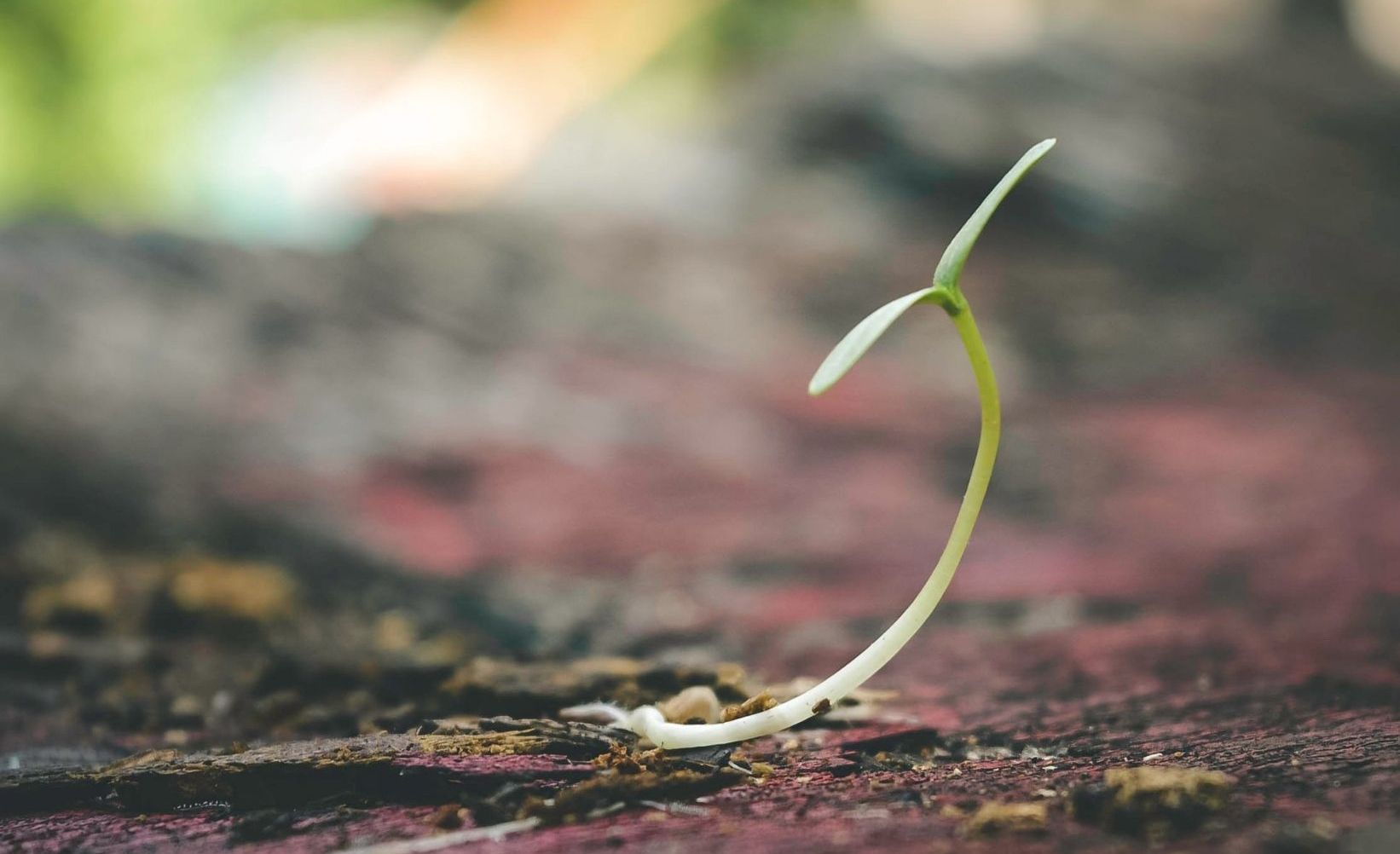6 Ways To Build An Eco-Friendly Home
Living in an eco-friendly home has become more of a priority than ever before for many of us following the publication of the IPCC’s Climate Report 2021, which put the planet on a code red warning for acting on climate change. Significantly reducing carbon emissions needs to be a key part of how we react to the climate crisis, whether that’s in the way we travel, what we choose to eat, how we shop, and even where we live. The UK aims to reach net zero emissions by 2050, and we can all play our part.
There is more interest in environmentally friendly homes than ever before, with research carried out by E.ON Energy finding that 89% of people looking to move house want a sustainable home that’s kind to the planet - that’s more than were interested in having a garden. What’s more, 49% of those surveyed said spending more time at home during lockdown had encouraged them to consider an eco-friendly home.

Charlie Luxton, broadcaster and architectural designer, commented: “People are naturally becoming more aware and conscious of their impact on the environment.
“The key tip I would give to anyone looking to make their home more sustainable is to first take a look at the basics, such as correctly insulating your home, and upgrading to energy-efficient appliances, as these changes can be easily implemented.”
But what about if you’re building your own home? The option to self-build is becoming increasingly popular. Depending on the land you buy, it can be a more affordable option, and it can give you greater control over the sustainability of your home, allowing you to choose eco-friendly building materials where possible. If you want to build an environmentally friendly home, here are all the factors you’ll need to consider:
1. Build Sustainable Foundations
Every aspect of a home can be built using eco-friendly building materials, starting with the foundations. Green concrete is one option for constructing more sustainable foundations; made using waste materials, it’s incredibly durable and produces less carbon dioxide than other foundation materials.
Concrete debris is another eco-friendly option, as it’s produced from waste materials left behind at other building sites, meaning it takes much less energy to produce than many other building materials. Using recycled waste materials to build the foundations of an environmentally friendly home creates the perfect base for the rest of an eco construction project.
2. Choose Eco-Friendly Building Materials

Look for eco-friendly building materials for every aspect of your self-build project, from the walls to the roof and even the windows.
Precast Concrete Slabs
Precast concrete slabs are a great sustainable option for building homes, as they’re incredibly durable and cope well in all weather conditions, making them suitable for walls and roofs. Precast concrete slabs take less energy to produce than many other concrete options, making them one of the more eco-friendly building materials.
Bamboo
Bamboo is another increasingly popular environmentally friendly construction material, as it has a good strength to weight ratio, which makes it suitable for flooring. However, it’s important to bear in mind that bamboo will need treating regularly to protect it against rot, and harm from insects.
Sustainable Bricks
There are many different types of eco-friendly bricks available, including:
- Hempcrete bricks, which are made from hemp, lime, and water. Due to the amount of carbon dioxide that’s used in growing and harvesting the hemp, these bricks are actually carbon negative
- Green leaf bricks, which are not green in colour (they’re typically a traditional red brick colour); rather, ‘green’ refers to the fact that these bricks are made from 100% recycled scrap
- Recycled glass bricks, which are made from old glass bottles broken down into sand
Environmentally Friendly Windows
Composite windows are one of the most eco-friendly options available, as they’re made using a combination of wood shavings and recycled plastic, making them a good sustainable choice.
3. Repurpose Recycled Materials
Any building material that’s reclaimed or recycled will always be a more sustainable option than buying brand new, as it avoids needless energy being used to break down materials that are no longer wanted.

Some ways to use recycled materials to build an eco-friendly home include:
- Use reclaimed or recycled wood to create ceiling beams or a beautiful wooden flooring that has plenty of character. Using recycled wood requires much less energy than the production of new timber
- If you do need to use plastic in the construction of your home, make sure it’s recycled plastic
- Use recycled steel in the roof or to build internal supports
4. Know What To Avoid
It’s just as important to know what to avoid as it is to know which eco-friendly building materials to choose.
- Try to avoid VOCs (volatile organic compounds), which are an organic pollutant found in everyday materials, such as paint and some cleaning products. VOCs can affect indoor air quality, so try to avoid these where possible
- Avoid formaldehyde, as this can also affect air quality. Formaldehyde is present in some mass-produced building materials and pressed woods. To avoid using formaldehyde in your home, look for pressed wood made using phenol resins or urea resins instead
- Try to keep your home plastic-free wherever possible, including during the building process
5. Use Eco-Friendly Insulation
Using the right insulation can help you to save money on your energy bills - something that’s welcome at any time, but particularly as energy costs continue to rise.
Polystyrene insulation is one of the most eco-friendly insulation options, with extruded polystyrene insulation and expanded polystyrene insulation available at U Value. This type of insulation can help to improve a building’s energy efficiency, reduce its greenhouse gas emissions, and it’s 100% recyclable.
Other good eco-friendly insulation options include:
- Cellulose insulation, a type of fibre insulation made from recycled newspaper and other paper sources, making it one of the most eco-friendly building materials of all
- Cork, which can be a good fire-resistant thermal insulator
- Sheep’s wool, which can be a great choice if you’re looking for a fully natural option
- Straw, a good insulator in nature, and for eco-friendly homes
- ThermaCork insulation, which is made from the bark of oak trees
6. Think About How To Offset Emissions

If you’re sourcing eco-friendly building materials from far afield, be mindful that the transportation involved will increase the carbon emissions attached to your project.
Think about how to offset these emissions to help balance the carbon footprint of your project. For example, you could donate to a project that plants trees where they’re needed most.
Extend Your Eco-Friendly Home Outdoors
An environmentally friendly home shouldn’t stop at the front door; think about how you can extend those eco-friendly credentials into any outdoor space too.
For instance, you could use any leftover building materials to build a shed or summerhouse, and you should research what kind of plants would work best with the position of your garden and its soil type.
Bee-friendly plants are always a good choice, as they help to encourage pollination, which can lead to the seed spreading, benefiting the environment. Some examples of bee-friendly plants include:
- Foxgloves
- Lavender
- Ivy
- Heather
- Primroses
- Delphiniums
- Hollyhocks
- Geraniums
If you have any questions at all about how to choose the most eco-friendly building materials, indoors or outdoors, please contact us here or phone: London: +44 20 3481 1322 or Manchester: +44 151 546 3260.

